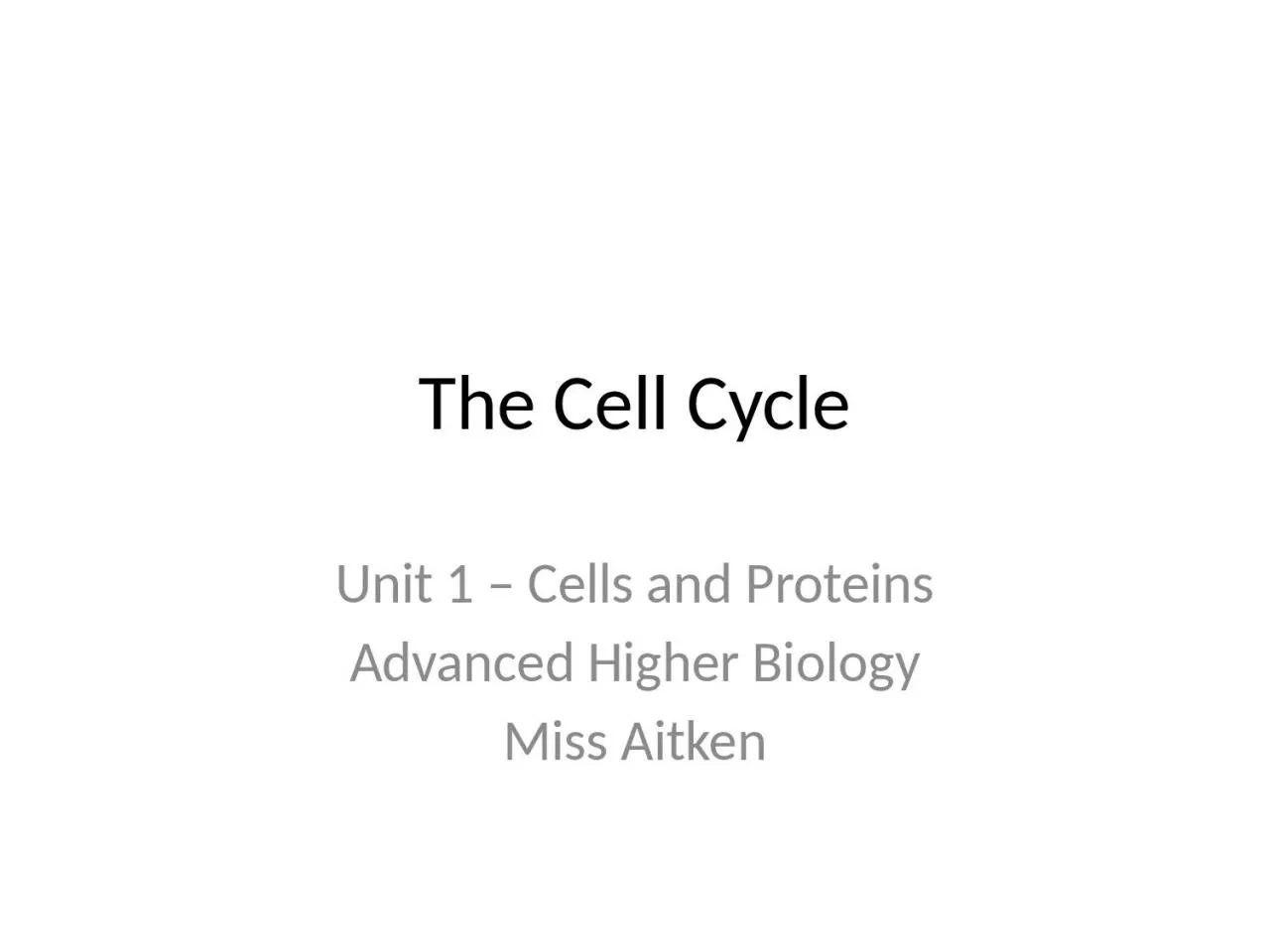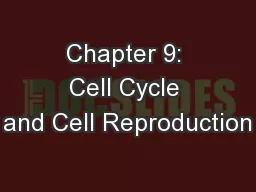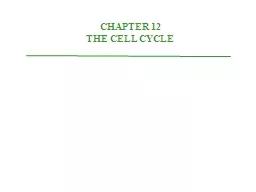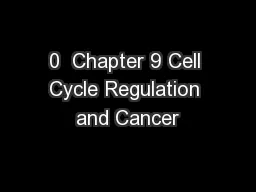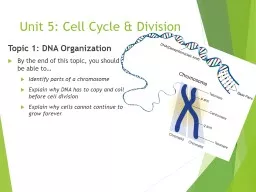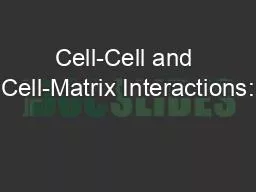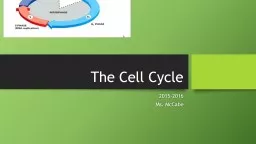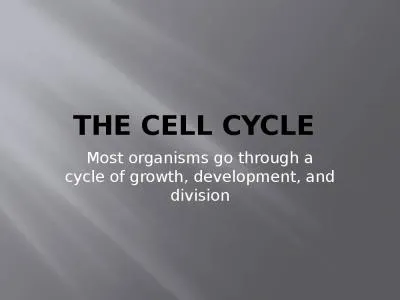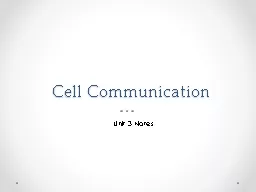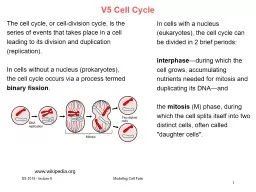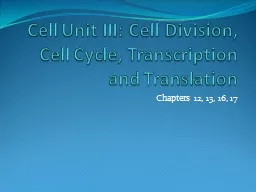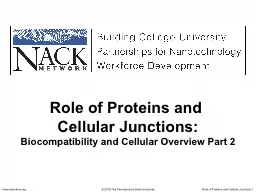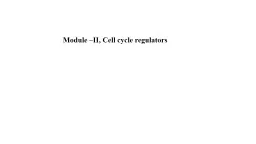PPT-The Cell Cycle Unit 1 – Cells and Proteins
Author : teresa | Published Date : 2024-01-29
Advanced Higher Biology Miss Aitken The Cell Cycle Mitosis is the process of cell division Some cells are able to reproduce and make copies of themselves by following
Presentation Embed Code
Download Presentation
Download Presentation The PPT/PDF document "The Cell Cycle Unit 1 – Cells and Prot..." is the property of its rightful owner. Permission is granted to download and print the materials on this website for personal, non-commercial use only, and to display it on your personal computer provided you do not modify the materials and that you retain all copyright notices contained in the materials. By downloading content from our website, you accept the terms of this agreement.
The Cell Cycle Unit 1 – Cells and Proteins: Transcript
Download Rules Of Document
"The Cell Cycle Unit 1 – Cells and Proteins"The content belongs to its owner. You may download and print it for personal use, without modification, and keep all copyright notices. By downloading, you agree to these terms.
Related Documents

